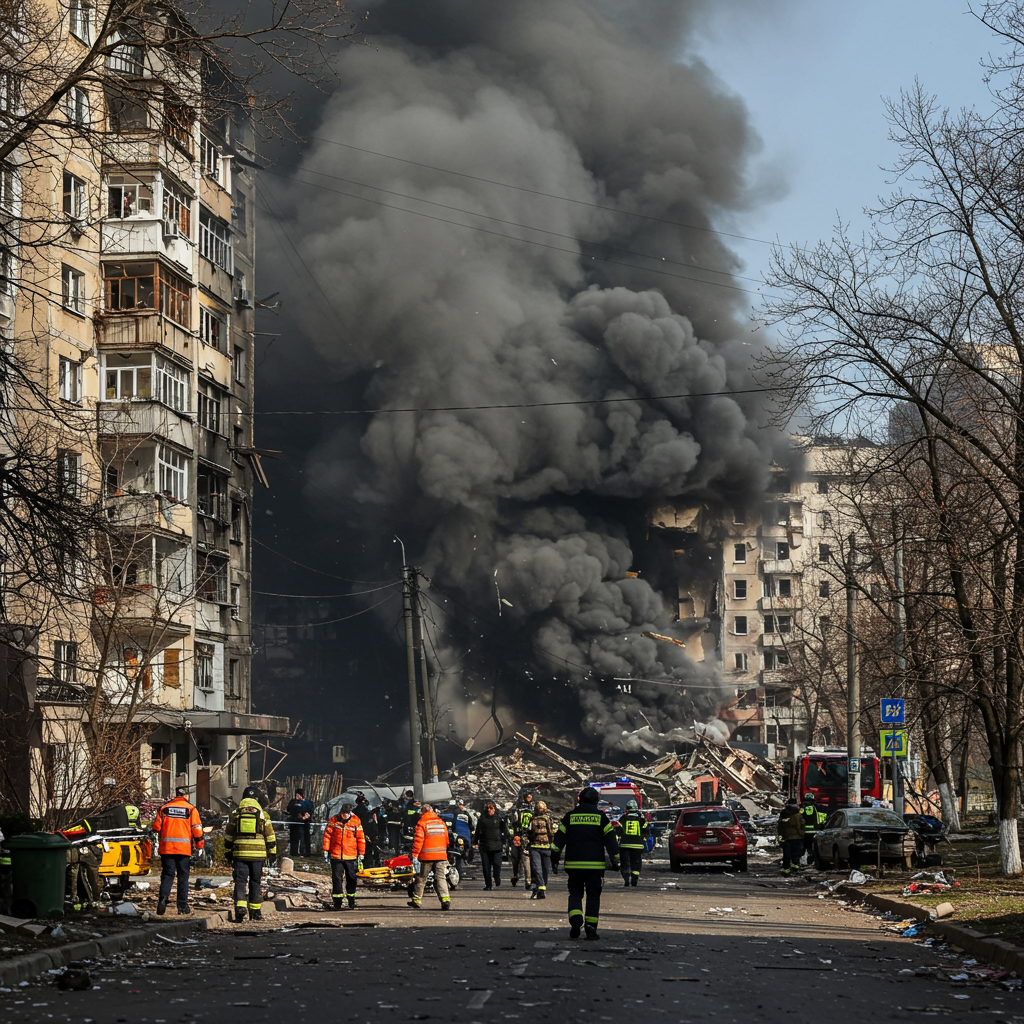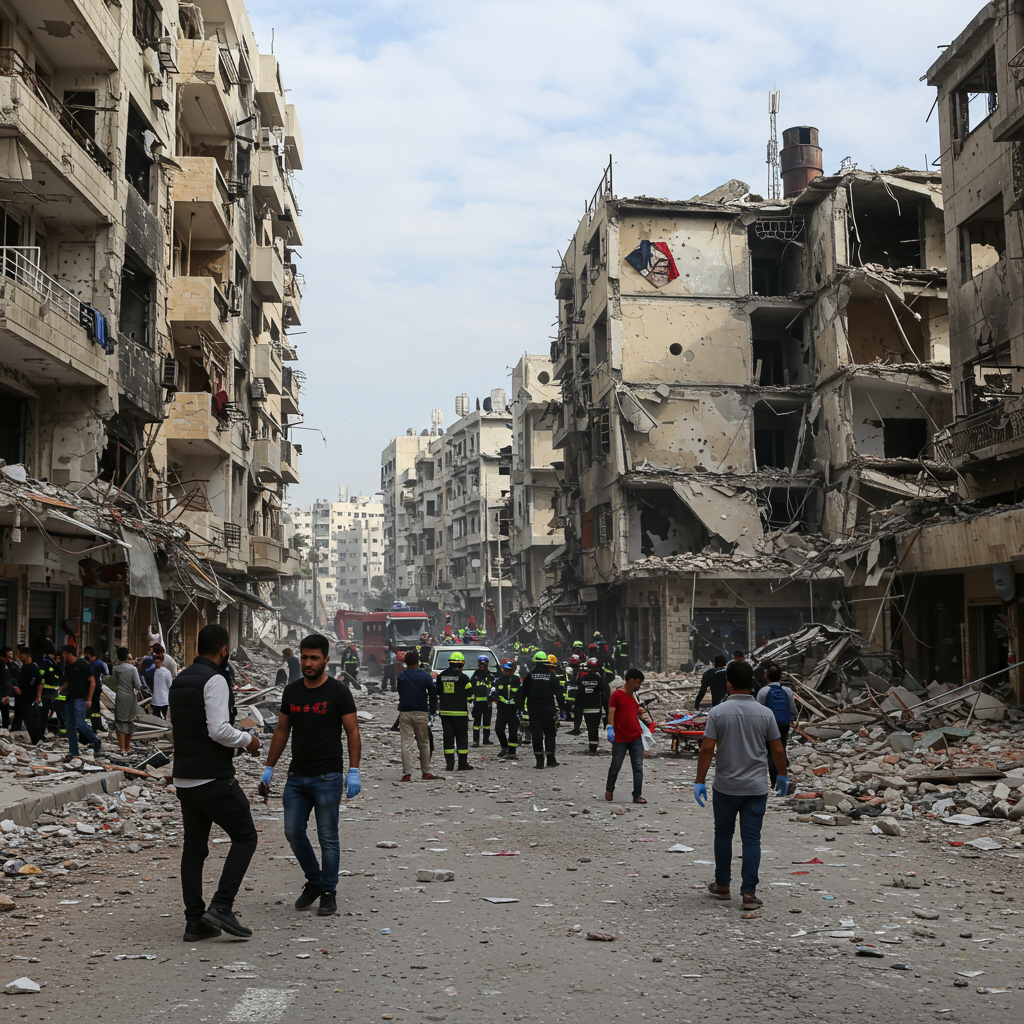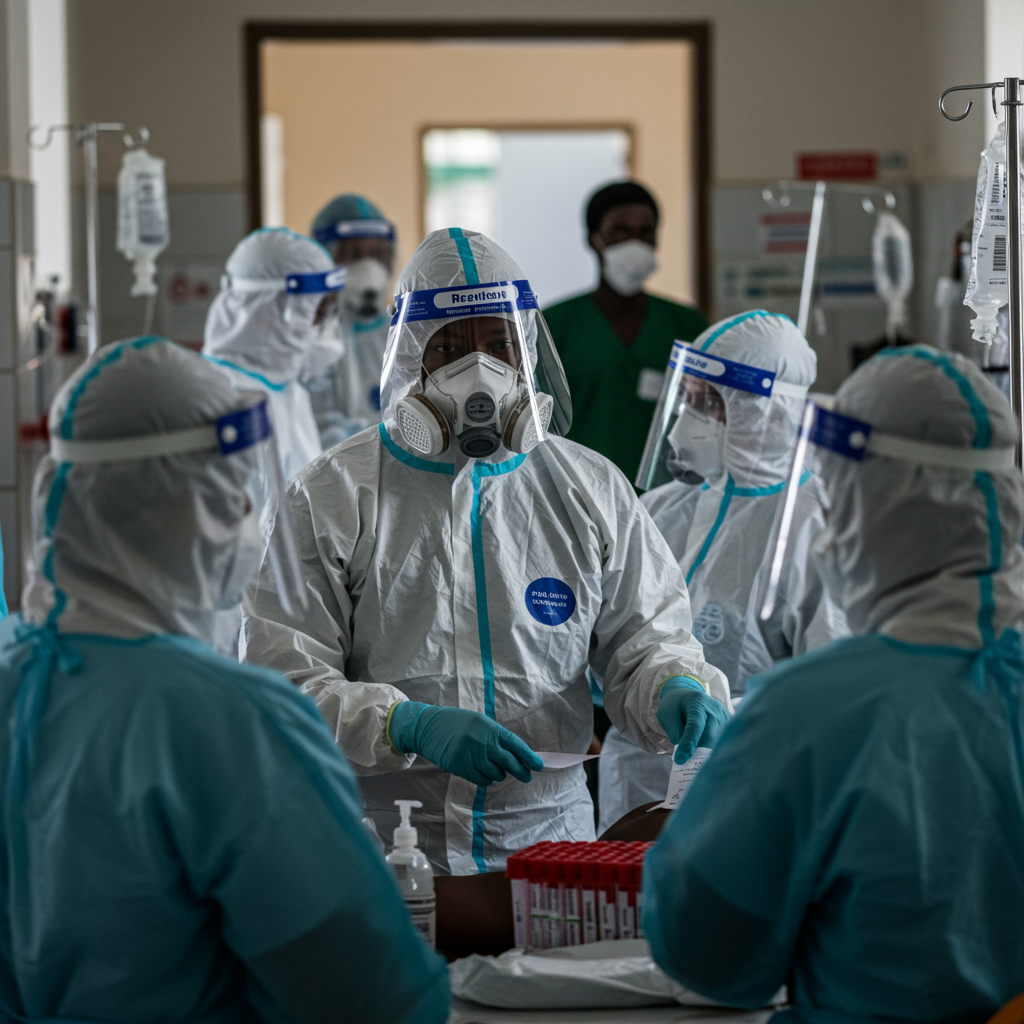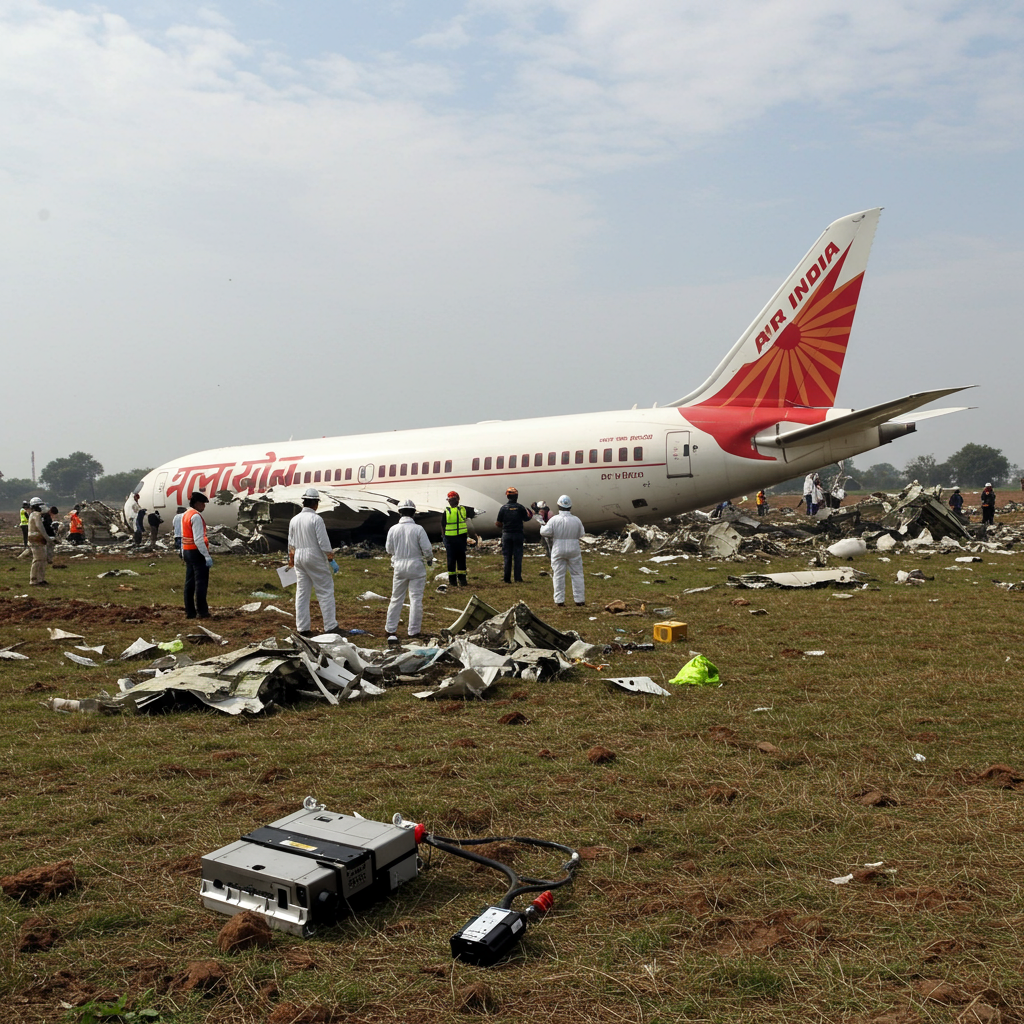Devastating Strikes Rock Kyiv and Other Cities
Kyiv, Ukraine’s capital, endured one of the most severe aerial assaults since the full-scale invasion began, as Russia unleashed waves of missile and drone strikes overnight into Tuesday, June 17, 2025. Ukrainian officials described the bombardment as “horrific” and unprecedented in its scale for months.
The attack resulted in a significant loss of life and widespread damage across Ukraine. While initial reports indicated at least 15 deaths and 116 injuries nationwide, officials in Kyiv later reported the death toll in the capital alone rose to 16 by Wednesday, with dozens injured. The Black Sea port city of Odesa also suffered attacks, with casualties reported.
Interior Minister Ihor Klymenko stated that the massive overnight assault struck approximately 27 locations within Kyiv, causing extensive damage to residential buildings and critical infrastructure. In one residential block, 30 apartments were destroyed, and emergency services launched search and rescue operations through the rubble for survivors. Kyiv Mayor Vitali Klitschko confirmed injuries in several districts and noted that a United States citizen tragically died from shrapnel wounds in the Solomianskyi district. President Volodymyr Zelenskyy provided a nationwide count of the munitions used, reporting a total of 440 drones and 32 missiles employed by Russia in these recent attacks, while Kyiv authorities cited 175 drones and over 14 cruise missiles targeting the capital specifically.
Timing: A Deliberate Insult Amid G7 Summit?
Ukrainian officials were quick to highlight the deliberate timing of the assault. The strikes continued throughout the night leading into Tuesday, coinciding precisely with the Group of Seven (G7) summit being held in Canada, which President Zelenskyy was scheduled to attend.
Ukrainian Minister of Foreign Affairs Andrii Sybiha suggested the “massive and brutal strike” was a calculated move by Moscow. Writing on social media, he characterized it as a direct insult to the United States and other G7 partners who have repeatedly called for an end to the killing. Sybiha argued that Russian President Vladimir Putin intended to send a signal of “total disrespect” and aimed to make the G7 leaders “appear weak,” asserting that only “strong steps and real pressure on Moscow can prove him wrong.” President Zelenskyy echoed the severity, calling it “one of the most horrific attacks” and stating that Putin carries out such actions “solely because he can afford to continue the war” and “wants the war to continue.”
Diplomatic Deadlock and Calls for Pressure
The timing of the attacks underscores the stalled state of diplomatic efforts to end the conflict. Despite pressure, particularly from the US, two rounds of direct truce talks between Russia and Ukraine have yielded little progress, with only prisoner exchanges and body returns agreed upon. Moscow has reportedly rejected Kyiv’s demand for an “unconditional” ceasefire, while Ukraine has dismissed Russia’s counter-demands as “ultimatums,” illustrating the deep divide.
Against this backdrop of continued violence, Ukraine renewed calls for focused international attention and increased pressure on Moscow. Ukrainian officials urged G7 leaders to leverage their influence. Ukraine’s UN ambassador, Andrii Melnyk, reportedly requested an emergency meeting of the United Nations Security Council following the deadly strikes. Meanwhile, other diplomatic channels are being explored, with reports indicating US envoy Keith Kellogg is scheduled to meet Belarusian President Alexander Lukashenko, potentially aiming to revive peace talks. However, a Canadian official noted that Canada had abandoned plans for a strong G7 statement on the war due to opposition from the United States, suggesting complex dynamics among allies.
Military Context and Shifting Alliances
These escalated bombardments also follow recent military developments, including a daring Ukrainian operation deep inside Russia on June 1, which reportedly destroyed a significant portion of Moscow’s heavy bomber fleet.
While Ukraine continues to seek military support and air defence systems from Western nations, Russia is suspected of sourcing arms and aid from countries like China, Iran, and North Korea to sustain its war effort.
Further highlighting Moscow’s deepening international ties, Russian state media reported that Putin’s top security adviser, Sergei Shoigu, arrived in Pyongyang on Tuesday, June 17, for talks with North Korean leader Kim Jong Un. This visit, Shoigu’s second in less than two weeks, is seen as a strong indicator of strengthening Moscow-Pyongyang relations. North Korea is widely suspected of supplying Russia with various military equipment, including ballistic missiles and ammunition. Notably, during his meeting with Kim Jong Un, Shoigu reportedly announced that North Korea would dispatch thousands of military construction workers and deminers to assist reconstruction efforts in Russia’s border region of Kursk, signaling North Korea’s support extends beyond arms supply. Kim and Putin signed a strategic partnership treaty last year, which includes a mutual defense pact.
In counterpoint to the Ukrainian reports of massive Russian strikes, Russia’s Ministry of Defence claimed on Tuesday that its air defence units had intercepted and destroyed 147 Ukrainian drones over Russian territory.
The Human Cost and Ongoing Conflict
The recent attacks serve as a grim reminder of the conflict’s devastating human cost and its persistence despite diplomatic overtures. The widespread damage, the rising casualty figures in Kyiv and Odesa, and the specific tragedy of the US citizen’s death underscore the brutal reality faced by those on the ground. As leaders convene and alliances shift, the intense bombardments demonstrate the ongoing military aggression shaping the trajectory of the war.




